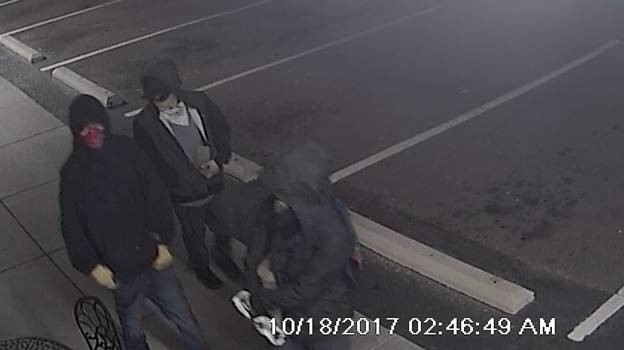The Drug Enforcement Administration will join forces
tomorrow with more than 4,000 local, tribal, and community partners at more
than 5,000 collection sites to collect potentially dangerous expired, unused,
and unwanted prescription drugs. The
effort will help prevent these drugs, including opioids, from falling into the
wrong hands and contributing to a lethal drug abuse epidemic in the United
States.
On Saturday, Oct. 28, 2018, from 10:00 a.m. to 2:00 p.m.
local time, individuals can take pills and other solid forms of medication at
nearby collection sites (DEA cannot accept liquids, needles or sharps), which
can be located at www.DEATakeBack.com (link is external) or by calling
800-882-9539. The service is free and anonymous, no questions asked.
The DEA action comes just days after President Donald J.
Trump announced the mobilization of his entire Administration to address drug
addiction and opioid abuse by directing the declaration of a Nationwide Public
Health Emergency to address the opioids crisis.
“Today the United States is facing the worst drug crisis in
our history, as more Americans are dying from drug overdoses than ever before,”
said Attorney General Jeff Sessions. “We lose one American life to drugs every
nine minutes. This crisis affects every American, as it is filling up our
emergency rooms, our foster homes, and our cemeteries.
“President Trump is right to make this issue a top priority
for his administration, and his plan will make a difference for millions of
Americans. It will help those suffering from addiction get the treatment they
need and prevent many new addictions from starting in the first place. I commend him for recognizing the public
health emergency that this is.”
“This Department of Justice is committed to doing its part
to turn the tide. This year we have conducted the largest opioid-related health
care fraud takedown in American history, charging some 120 defendants with
opioid-related crimes. Since then I have taken additional steps to stop
opioid-related fraud, creating a new data analytics team that can find evidence
of overprescribing, and appointing 12 prosecutors to focus solely on this
issue. I firmly believe that these steps will prevent drug abuse and addiction
and save American lives.
“We will continue to do our part in this effort, prosecuting
drug traffickers and those who exploit vulnerable people suffering from
addiction, so that every American can be safe and live out their God-given
potential."
On Oct. 17, the Justice Department announced the indictments
of two Chinese nationals and their North American based traffickers and
distributors for separate conspiracies to distribute large quantities of
fentanyl and fentanyl analogues and other opiate substances in the United
States. In July, the department announced
the seizure of the largest criminal marketplace on the Internet, AlphaBay,
which operated for over two years on the dark web and was used to sell deadly
illegal drugs, including synthetic opioids like fentanyl, throughout the world.
The international operation was led by the United States and involved
cooperation with law enforcement authorities around the world.
In addition, DEA this week announced the formation of six
new heroin enforcement teams in hard hit areas such as West Virginia, Ohio, North
Carolina, New York and Massachusetts.
The Take-Back initiative by the DEA addresses a vital public
safety and public health issue. Medicines that languish in home cabinets are
highly susceptible to diversion, misuse, and abuse. Rates of prescription drug
abuse in the U.S. are alarmingly high, as are the number of accidental
poisonings and overdoses due to these drugs.
Studies show that a majority of abused prescription drugs are obtained
from family and friends, including from the home medicine cabinet. DEA launched
its prescription drug take back program when both the Environmental Protection
Agency and the Food and Drug Administration advised the public that their usual
methods for disposing of unused medicines—flushing them down the toilet or throwing
them in the trash—posed potential safety and health hazards.
“Disposing of leftover painkillers or other addictive
medicines in the house is one of the best ways to prevent a member of your
family from becoming a victim of the opioid epidemic,” said DEA Acting
Administrator Robert W. Patterson. “More people start down the path of
addiction through the misuse of opioid prescription drugs than any other
substance. The abuse of these prescription drugs has fueled the nation’s opioid
epidemic, which has led to the largest rate of overdose deaths this country has
ever seen.”
Last April the public turned in 450 tons (900,000 pounds) of
prescription drugs at almost 5,500 sites operated by the DEA and more than
4,200 of its state and local law enforcement partners. Overall, in its 13
previous Take Back events, DEA and its partners have taken in over 8.1 million
pounds—more than 4,050 tons—of pills.






